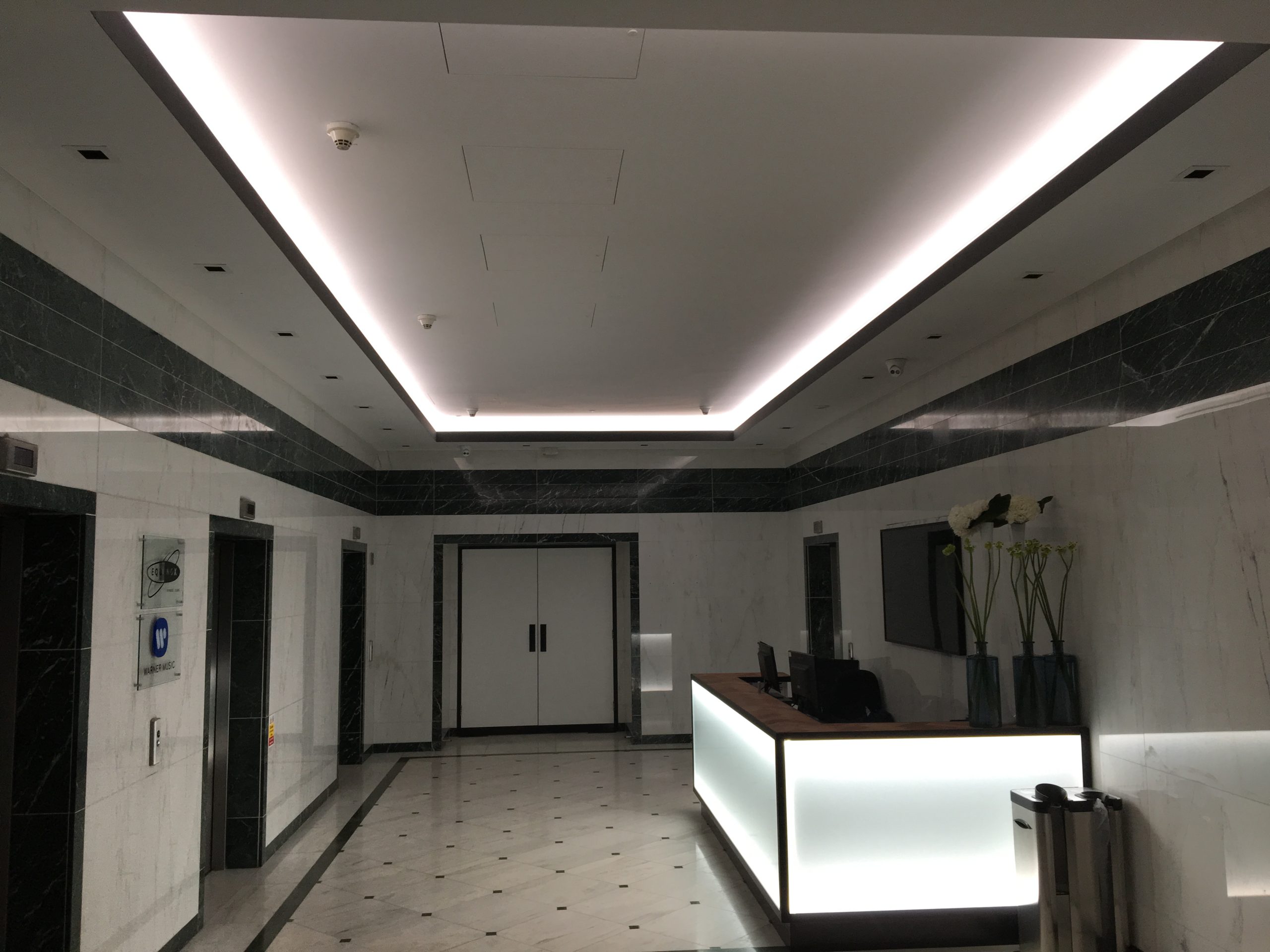What is the Difference Between Carpentry and Joinery?

The differences between carpentry and joinery are slight, and woodwork is a remarkably broad term with a range of different applications. It refers to near enough all practical applications of wood and timber in our daily lives, from the windows to our homes to the furniture we relax on. Almost all timber-based products and features are referred to as either carpentry or joinery, seemingly interchangeably. So what exactly is the difference?
For many people, it’s just a matter of local dialects. In the UK, the term carpenter is more commonly used in the south, whilst in the north, the prevailing label is a joiner. After all, both professions work by fashioning timber and lumber into home improvements and enhancements. But there are slight differences between the two, mainly defined by methodology and approach.

What Is Joinery?
Joinery is the craft of shaping and connecting wooden parts to create a feature or unit. At times it can be very intricate, and require the use of heavy specialist machinery, so for this reason the vast majority of joinery is done in a workshop. Joinery often requires a variety of supporting materials and components to help reinforce the wood joints, which can be vulnerable when put together suboptimally. Adhesives such as glue play a big part, and screws and nails are routinely in use to help keep a piece of woodwork in place. With a variety of different joint options available, it’s important that the joiner understands when to use different methods to maximise the form and function of the resulting joinery.
The grain of the wood is a significant factor that all experienced joiners know to pay attention to, as it makes wood an anisotropic building material. This means its properties vary due to the interchangeable wood fibre development patterns. Woodwork that follows along the grain is more durable and less likely to expand and shrink from temperature shifts than woodwork that goes across the grain. By taking this into account, smart joiners can create joinery which lasts for years without split joints or breakages.
What About Carpentry?
Carpentry is a more general term that refers to the trade of cutting and installing wooden building materials for the construction of buildings and other beam projects (bridges, shipwork etc.). The work that carpenters do is sometimes referred to as first fixing, and this encompasses timber frames, roofs and floors as they get prepped for large-scale projects. Second fix is the term applied to carpentry which occurs after plastering is finished.

Carpentry also extends outside the direct use of wood as a construction material, as concrete formwork is usually prepared by a carpenter. This is called shuttering, and much of modern roadworks depends on it. When it comes to the application of wood or timber onsite, this is generally considered to be carpentry. Most joinery requires an experienced carpenter to be able to handle the installation of all joinery features.
The Differences Between The Two
Both joiners and carpenters often work side by side, as many wooden installations require the individual skills of each trade to come together. A joiner, however, is typically dependent on specialist equipment and machinery in order to carve the joinery to the specifications they need. This means most of their practice is done in a well-stocked workshop where they have access to everything they need. A carpenter, however, relies on a lighter range of practical tools which they can take with them on-site, making them much more flexible.
Carpenters are more inclined towards larger elements of woodwork, including timber building frames and roof trusses. They can cut and fit large beams of timber at the location, helpful when practical measurements have to be made during the project. They will handle all instalments, including smaller home improvements that the joiner has prepared for them.
A general way to understand the difference is this: A joiner will make the feature, and then a carpenter will install it.

Joinery Prices
Joinery is one of the best methods of enhancing your home space. Our timeless woodwork styles are fully customisable, and we can provide you with a unique model that suits your interior aesthetic. Well-fitted timber is a great insulator and will boost your home’s thermal efficiency, thus proving a cost-effective investment in your home.
Want to find out more about our joinery? Give us a call on 01787 224 332, or message us directly through our online contact form.



